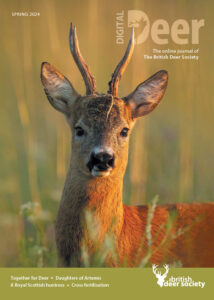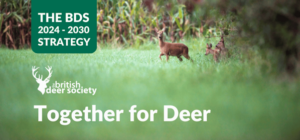ABOUT THE PILOT STUDY
The highlands are an iconic feature of Scotland. The open moorland and mountain landscapes are valued and enjoyed by both residents and visitors, while these areas also provide the resources for a range of activities such as hill farming, deer stalking, game birds, forestry and fishing, which help to support the rural economy. In recent years, a number of drivers of change have affected deer management in the uplands.
These fall into three into three broad areas. First, there has been an increasing policy emphasis on managing grazing impacts through reducing deer densities, especially for priority habitats.
Second, culling and fencing associated with increased woodland planting has affected deer numbers and distribution. Third, trends in recreation coupled with the Land Reform (Scotland) Act 2003 have led to increasing numbers of people accessing rural areas to walk in the mountains. These changes have led, in some cases, to conflicts between the legitimate objectives of landowners and the public benefits that highland landscapes provide.
An improved understanding of the nature of such conflicts might aid their management. Here, we focus on an example of where recreational land use might be impacting on the economics of deer stalking. Specifically, we report on a pilot study to identify whether available management information can be used to access trends in the abundance, culling levels, distribution and habitat preferences of red deer (Cervus elaphus L.), in order to determine whether further research into the drivers of change might be warranted
FURTHER READING

Digital Deer Spring 2024 – OUT NOW
Explore the world of deer with Digital Deer’s Winter 2023/24 Edition! Dive into deer news, thermal technology, venison markets, and more. Free to read on our website.

Plastic Pollution Threatens Deer
This article highlights the dire impact of plastic waste on wild deer globally. It urges immediate action through public education, and responsible waste management to protect deer habitats and minimise their exposure to harmful debris. The article also underscores the lesser-known danger of roadside litter to deer, emphasising the need for awareness and collective efforts to safeguard wildlife and our environment.

Together for Deer – New BDS Strategy Launched
We unveiled our new strategy, “Together for Deer,”. The strategy emphasises evidence-based approaches and collaboration among stakeholders. It focuses on Ethics & Welfare, Education & Training, and Science & Research, aiming to establish BDS as a leading authority in deer welfare and management by 2030. “Together for Deer” aims to unite efforts in safeguarding deer welfare amid complex challenges.










